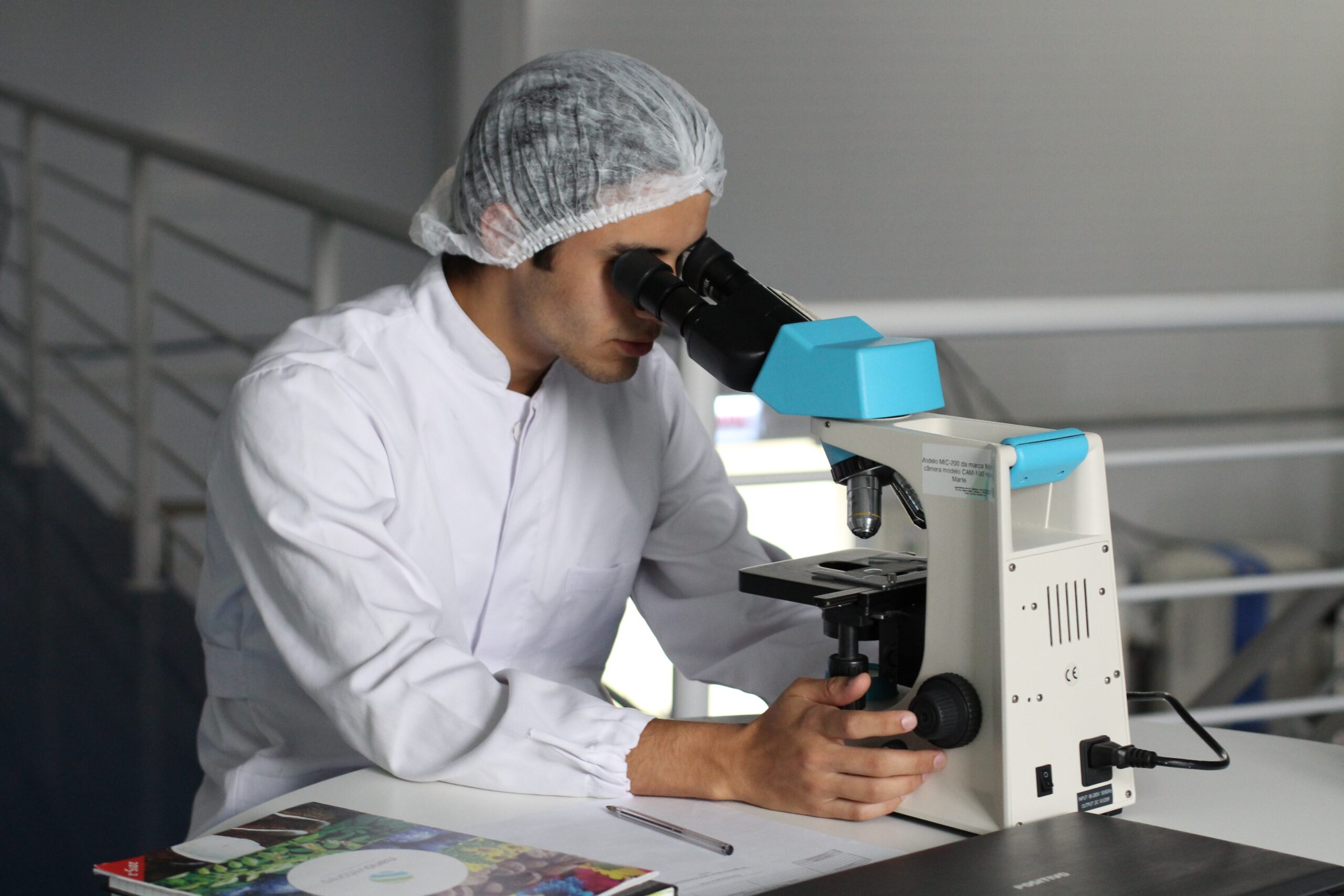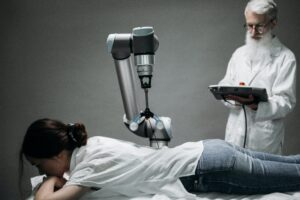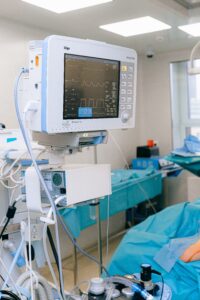Early Disease Detection
One of the Centre for Disease Control’s initiatives is the early detection of diseases, as the proverb “prevention is better than cure” holds. Incorporating AI technology has made tangible strides as demonstrated in pathology laboratories worldwide. AI algorithms meticulously scan medical imaging to detect subtle anomalies easily overlooked by the human eye. The early identification and diagnosis of chronic diseases, cancer, or neurodegenerative disorders significantly increase survival rates and reduce morbidity rates significantly.
Personalized Treatment Recommendations
Artificial intelligence doesn’t stop at early detection. It extends to formulating customized treatment plans. Sophisticated prediction models review patient’s data, patient’s genomics, medical history, lifestyle, and latest medical research for a tailored treatment plan. This individualized approach can enhance the outcome of therapies and minimize side effects by considering a broad array of variables that affect a patient’s response to treatment.
Real-World Applications & Success Stories
Applications of AI in diagnostics are no longer theoretical. Real-world success stories — from Google’s DeepMind which can accurately diagnose eye diseases by analyzing retinal scans to IBM’s Watson which correctly identifies rare forms of leukemia in patients — are testaments to the potential of AI in healthcare. AI-powered diagnostic tools are now being used in various areas, including radiology, oncology, cardiology, and many more, saving countless lives with early disease detection and appropriate intervention.
Potential Impact of AI on Healthcare Outcomes
The merits of AI in healthcare surely outweigh any risks related. AI-powered techniques continue to refine how healthcare practitioners diagnose and treat ailments earlier and more precisely, and enhance patient outcomes. Of course, this technology also promises significant cost savings, reducing the economic burden on the healthcare system. AI is streamlining the diagnostic process, making it quicker and more efficient.





